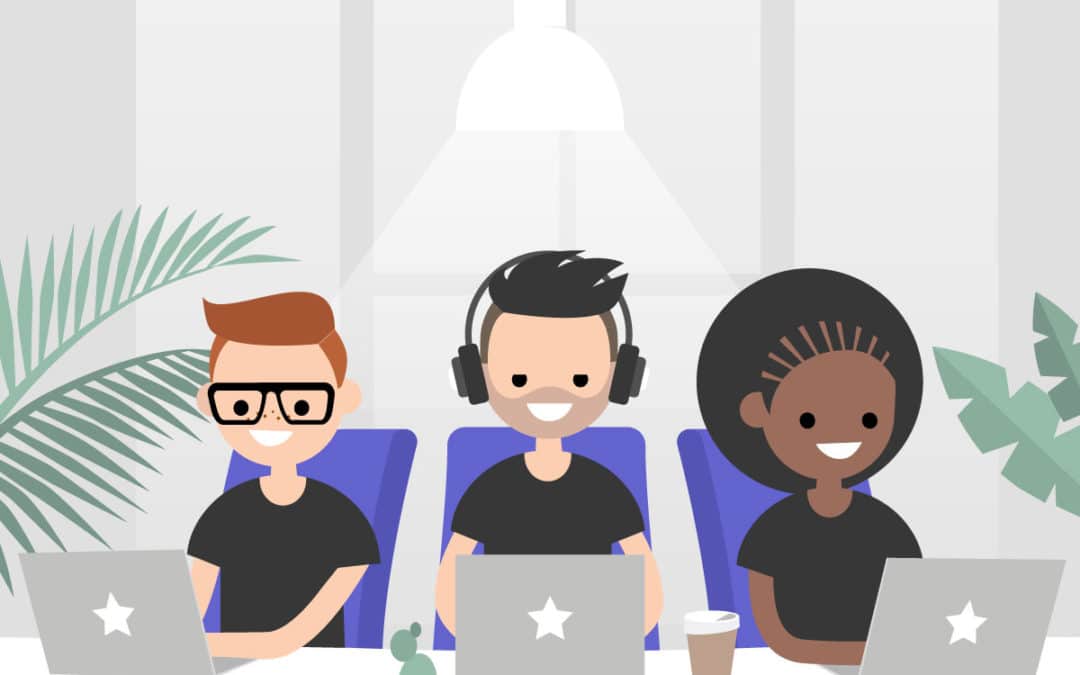Employee customers? More and more, organizations are wooing new talent with techniques more akin to marketing than human resources to reach young people who brand themselves by their work.
Competition for talent is getting tougher as the economy improves and unemployment continues to go down. HR is responding with branding and marketing strategies that are a lot sexier than old-school recruitment. Younger generations simply don’t resonate with boring compensation and benefit package presentations. They want to be part of exciting teams doing high profile future-anticipating work that defines who they are as a personal brand.
Some corporations are taking the cue with innovative outreach to job seekers. For example, a couple of Volvo engineers recently built a Baja racer to compete with collegiate teams in the Society of Automotive Engineers Baja series to grab the attention of young engineers who expect good pay AND cool projects. General Mills is using virtual reality headshots so job hunters can visualize themselves working out in the corporate gym. In 2016, General Electric’s “What’s the Matter With Owen” ad campaign mixed self-deprecating corporate humor with cringe-worthy scenarios of newly hired GE programmer Owen explaining his work as a programmer changing the world.
Legacy brands and manufacturers are jockeying for relevance in a cynically digital world, while millennial darling Google has a powerful story inventory of all the reasons Google is a great place to work.
A lot of organizations would love to get some of Google’s three million annual applications. And they’re competing with innovative tactics that treat prospective employees like customers.
New Workshop: “Recruiting, Retaining & Career Pathing”
We’re helping one such company be more competitive in talent acquisition with a newly created workshop on “Recruiting, Retaining & Career Pathing” that helps HR get a handle on the new way to woo top talent.
Central to the approach is our “Shared Success Model” that aligns individual development plans with organizational strategies to identify where overlap exists and where there may be gaps. Participants learn how to build the model with five components:
1) Individual needs—What is important to the candidate, both professionally and personally? What aligns with their values and interests?
2) Individual offer—What value does the organization bring to the candidate?
3) Company needs—What does your organization require for success now and in the future? What do you need from your leaders and employees?
4) Company offer—What is your corporate value proposition to the candidate? What opportunities do you provide? What CULTURE* do you provide?
*This is more important with millennials!
5) Plan—Analyze the gaps and overlap between each quadrant. Develop and implement a plan that balances your grid for shared success.
In some cases, older companies are seeing massive generational shifts with over half of their workforces in key positions retiring. Out of the gate, start-ups have to clamor for the most motivated and skilled “employee customers.”
As HR meets marketing in an increasingly complex game of hiring in a feeding frenzy for talent, strategies like the Shared Success Model provide a simple template for keeping the process grounded in realistic business goals.
[captainform id=”775477″]

